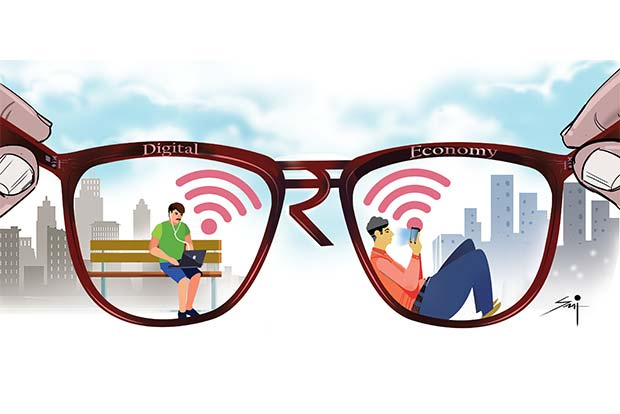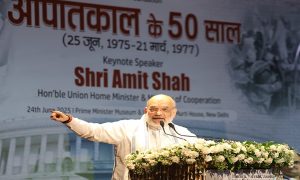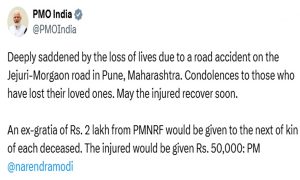Chennai: Over the past one week, a majority of the upwardly mobile populace in urban India was confronted with error messages displaying ‘stocks sold out’ or ‘delivery slots unavailable’ as soon as they attempted to log into the apps of their preferred e-grocer or online supermarket. And there was good reason too, as there was an acute shortage of agents to carry out the deliveries as compared to the mammoth quantum of orders that poured in during this period. Of course, the only option left for most of the hassled users, was to brave the risk of contagion and attempt to reach their neighbourhood kirana stores, many of which are yet to embrace the e-commerce wave that swept the nation.
Just about three and a half years ago, Prime Minister Narendra Modi set off a chain reaction on the night of November 8, 2016, heralding what was one of the most disruptive economic reforms seen in the country since Independence – demonetisation. The idea of short-term pain for long term gain seems to have withered away since then as a significant portion of India’s $672 bn worth retail market (as per IBEF estimates of 2017) remains untouched by cashless transactions, digital payments and e-commerce.
While traditional/unorganised retail accounts for a massive 88 per cent of the market, organised retail and e-commerce segments account for a mere 9 per cent and 3 per cent respectively. The former, which includes neighbourhood provision and groceries stores, has a massively untapped potential for adopting digital modes of payment and possibly latching onto the e-commerce bandwagon. So where does the challenge lie?
Osama Manzar, founder-director of Digital Empowerment Foundation observed that the entire Digital India programme ‘is designed as a top-down model’. All the key pillars upon which the programme is based, which include broadband highways, mobile connectivity, e-kranti or electronic delivery of services, information for all, among others, rely heavily on implementation. Which means that there is a high degree of dependency on state and district level support for effective execution.
With a better digital infrastructure in place, neighbourhood shops can easily offer e-commerce enabled services of online orders, payments and streamlined delivery, and will not get swallowed up by the e-tail giants who are already being perceived as a threat to their existence. As Albert Einstein famously said: ‘In the midst of every crisis, lies great opportunity’. One hopes the lessons from the pandemic are not lost on the traditional retailers, who could use this as an opportunity for growth – and to take their businesses to the next level while serving their local markets in a reliable manner.






















 WhatsApp us
WhatsApp us